Hi there, pet lovers! 🦎
Frilled dragons (Chlamydosaurus kingii) are one of the most visually striking reptiles in the world. Known for their iconic frill and dinosaur-like appearance, these lizards are a favorite among reptile enthusiasts. But are they the right pet for you? In this comprehensive review, we’ll explore everything you need to know about frilled dragons, from their temperament and care requirements to their costs and availability. Whether you’re considering adding one to your family or just curious about these fascinating creatures, this guide will help you make an informed decision.
Overview
Frilled dragons are medium-sized, arboreal lizards native to the forests and savannas of northern Australia and southern New Guinea. They are famous for their large, expandable frill, which they use to intimidate predators, and their ability to run on two legs. Here’s a quick summary of what makes them stand out:
- Handling and Temperament: Can be skittish and prone to stress; not as tolerant of handling as some other lizards.
- Care and Maintenance: Moderately demanding, requiring specific humidity, temperature, and diet.
- Health and Durability: Hardy once established but sensitive during the initial transition to captivity.
- Availability: Not as common as other reptiles; captive-bred individuals are rare.
- Cost: Expensive to purchase and set up, with ongoing costs for food and lighting.
- Overall: A unique and fascinating pet for experienced reptile keepers.
Frilled dragons are captivating creatures, but they require a dedicated owner who can meet their specific needs. Let’s dive deeper into what it takes to care for these incredible lizards.
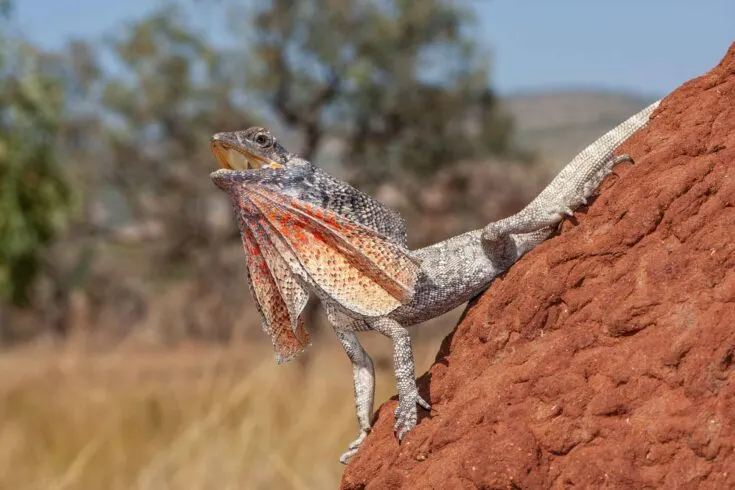
Why Choose a Frilled Dragon?
Frilled dragons are ideal for reptile enthusiasts looking for a pet that’s both visually stunning and full of personality. Their dramatic frill, bipedal running, and prehistoric appearance make them a standout choice. However, they are not beginner-friendly pets. Their care requirements and sensitivity to stress make them better suited for experienced reptile keepers who are prepared for the challenge.
Handling and Temperament
Frilled dragons are fascinating to observe but can be challenging to handle. Their temperament varies, but they are generally more skittish and less tolerant of handling than other popular pet lizards like bearded dragons.
Personality and Behavior
- Frilled dragons are naturally shy and spend much of their time perched in trees, mimicking branches to avoid detection.
- When threatened, they display their iconic frill, open their mouths, and may hiss or stand on their hind legs to appear larger.
- While they can become accustomed to handling, they are not naturally inclined to enjoy it and may become stressed if handled too frequently.
Handling Tips
- Limit Handling: Keep handling sessions short and infrequent to avoid stressing the lizard.
- Be Gentle: Always handle them with care, supporting their body and avoiding sudden movements.
- Watch for Signs of Stress: If the dragon frills up, hisses, or tries to escape, it’s best to return them to their enclosure.
Biting
Frilled dragons have sharp teeth and can bite if they feel threatened. While bites are rare, they can draw blood. Proper handling and respect for their boundaries can minimize the risk.
Care and Maintenance
Frilled dragons require a carefully controlled environment to thrive. Their care is more demanding than that of many other reptiles, making them a better choice for experienced keepers.
Enclosure Setup
- Size: A large, vertically oriented enclosure is essential. For an adult, a minimum of 4 feet tall, 3 feet wide, and 2 feet deep is recommended.
- Climbing Space: Provide plenty of branches, vines, and foliage to mimic their natural arboreal habitat.
- Substrate: Use a substrate that retains humidity, such as coconut fiber or cypress mulch. Avoid loose substrates that could cause impaction if ingested.
- Hiding Spots: Include multiple hiding spots to help the dragon feel secure.
Humidity and Temperature
- Humidity: Maintain moderate to high humidity levels (50-70%). Regular misting or a misting system is necessary to keep the enclosure humid.
- Temperature: Provide a basking spot of 95-105°F and a cooler area around 80°F. Nighttime temperatures can drop to 70-75°F.
- Lighting: UVB lighting is essential for their health. Use a high-quality UVB bulb and replace it every 6-12 months.
Feeding
- Diet: Frilled dragons are primarily insectivores. Feed them a variety of live insects, such as crickets, dubia roaches, superworms, and hornworms. Occasionally offer leafy greens like mustard greens or collard greens.
- Supplements: Dust insects with calcium and vitamin D3 supplements to prevent nutritional deficiencies.
- Feeding Schedule: Juveniles should be fed daily, while adults can be fed every other day.
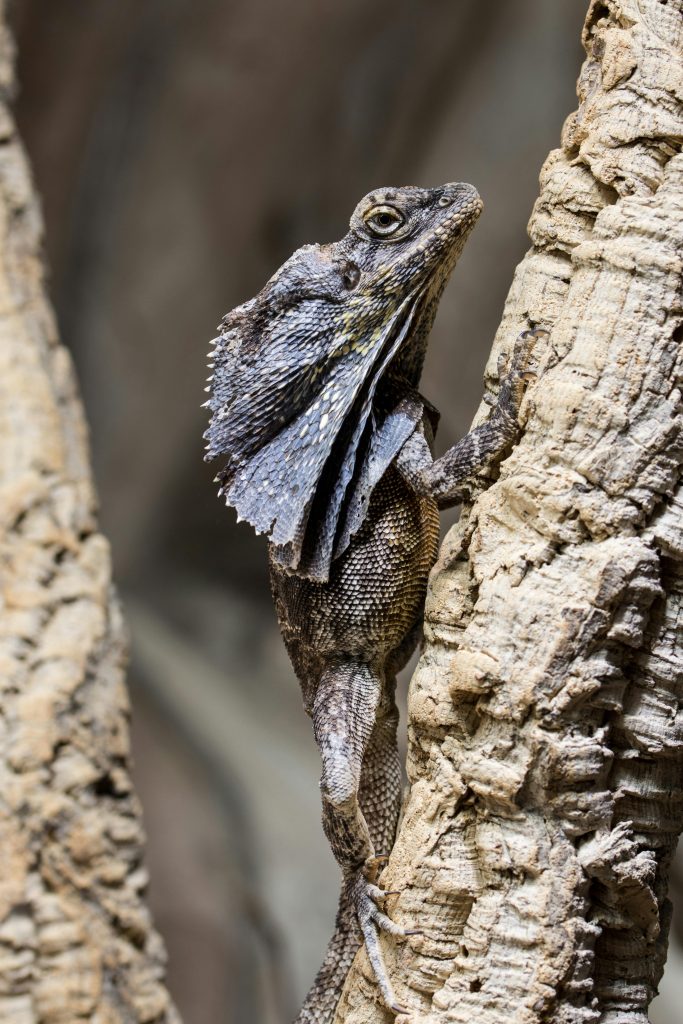
Health and Durability
Frilled dragons can be hardy pets once they’ve acclimated to captivity, but the initial transition period can be challenging.
Common Health Issues
- Dehydration: Ensure proper humidity and provide water droplets for drinking.
- Respiratory Infections: Caused by improper humidity or temperature levels.
- Parasites: Wild-caught or farm-raised individuals may arrive with parasites, requiring veterinary treatment.
Preventative Care
- Regular Vet Checkups: Schedule annual checkups with a reptile-savvy veterinarian.
- Proper Diet and Lighting: Ensure a balanced diet and adequate UVB exposure to support overall health.
- Clean Enclosure: Maintain a clean environment to prevent bacterial or fungal infections.
With proper care, frilled dragons can live 10-15 years in captivity.
Availability and Cost
Frilled dragons are not as readily available as other reptiles, and finding a captive-bred individual can be challenging.
Where to Buy
- Breeders: The best option for finding healthy, captive-bred frilled dragons.
- Reptile Expos: A good place to meet breeders and see a variety of lizards.
- Pet Stores: Less ideal, as they often sell wild-caught or farm-raised individuals.
Cost
- Initial Purchase: Juveniles typically cost $150 to $300, with rare morphs or captive-bred individuals costing more.
- Setup Costs: Expect to spend $300 to $500 on a proper enclosure, lighting, and accessories.
- Ongoing Costs: Budget for live insects, supplements, and replacement UVB bulbs.
Pros and Cons
Pros
- Unique Appearance: Their frill and bipedal running make them one of the most visually striking reptiles.
- Fascinating Behavior: Watching them display their frill or run on two legs is a truly unique experience.
- Long Lifespan: With proper care, they can live 10-15 years.
Cons
- High Maintenance: Their care requirements are more demanding than many other reptiles.
- Sensitive to Stress: They can become stressed easily, making handling a challenge.
- Expensive: The initial setup and ongoing costs can be significant.
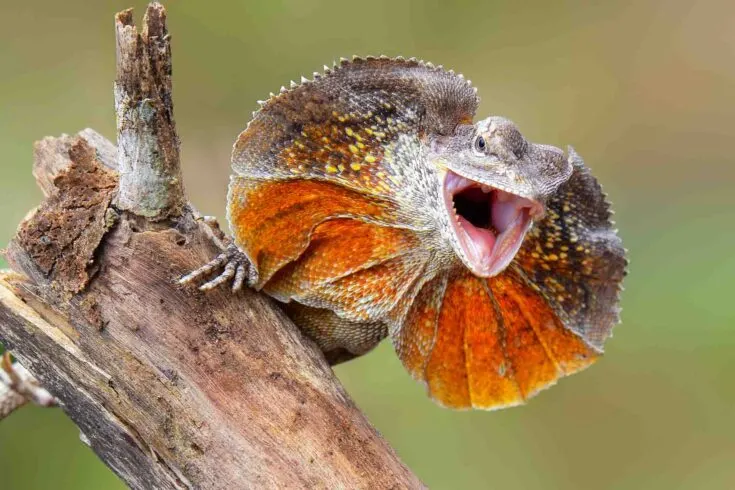
Final Thoughts
Frilled dragons are undeniably captivating pets, but they are not for everyone. Their unique appearance and fascinating behaviors make them a rewarding choice for experienced reptile keepers who are prepared to meet their specific needs. However, their sensitivity to stress, high maintenance requirements, and cost make them less suitable for beginners.
If you’re considering a frilled dragon, we recommend doing thorough research and seeking out a reputable breeder. These incredible lizards require a dedicated owner, but for those willing to put in the effort, they can be a truly unforgettable pet.
Have you owned a Frilled Dragon? Share your experiences and tips in the comments below! We’d love to hear how you care for your lizard and what makes them special to you.
For more reptile care tips and reviews, stay tuned to our blog and don’t forget to subscribe to our newsletter! 🦎

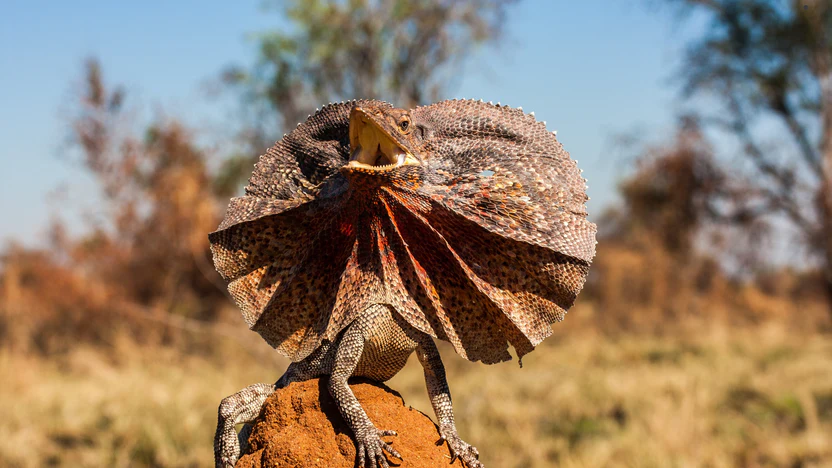

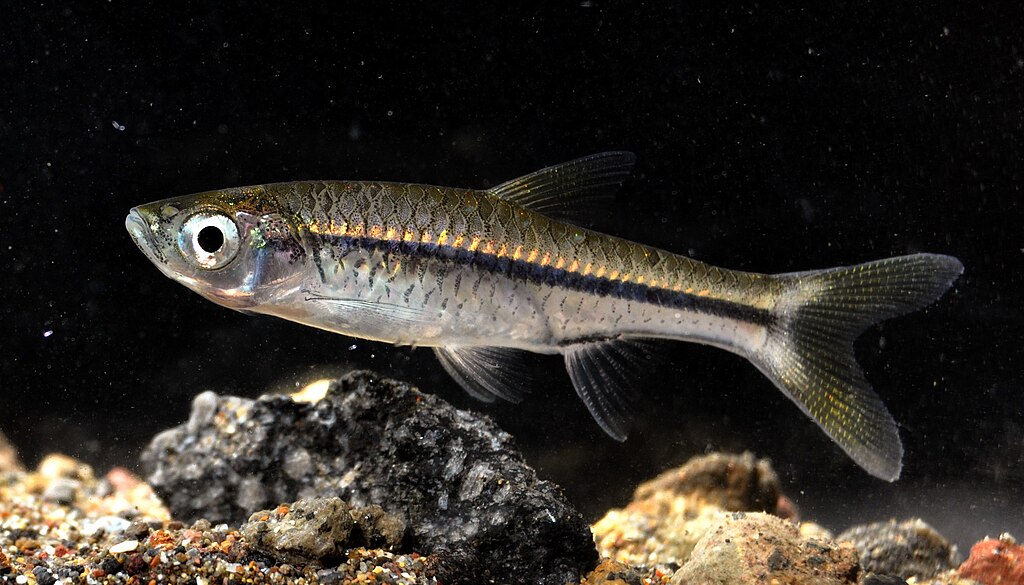
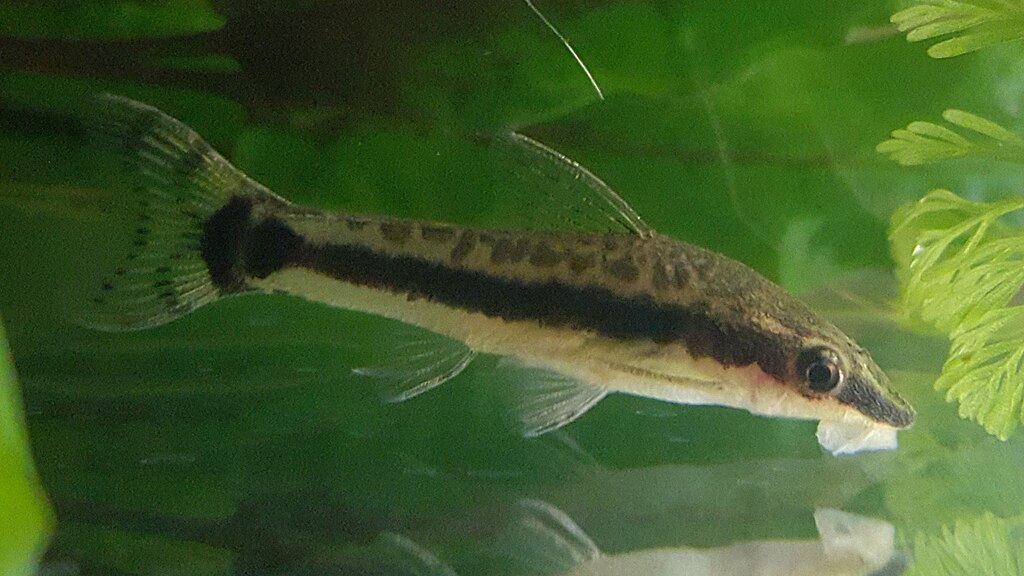

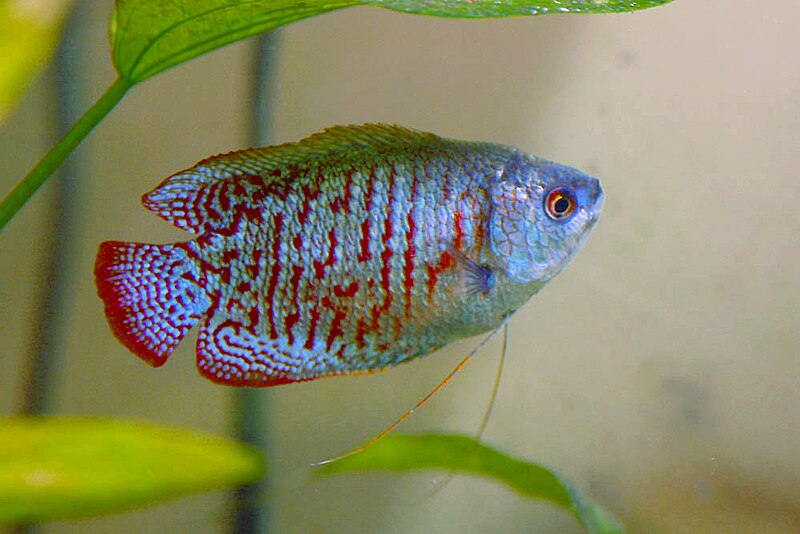

Leave a Reply